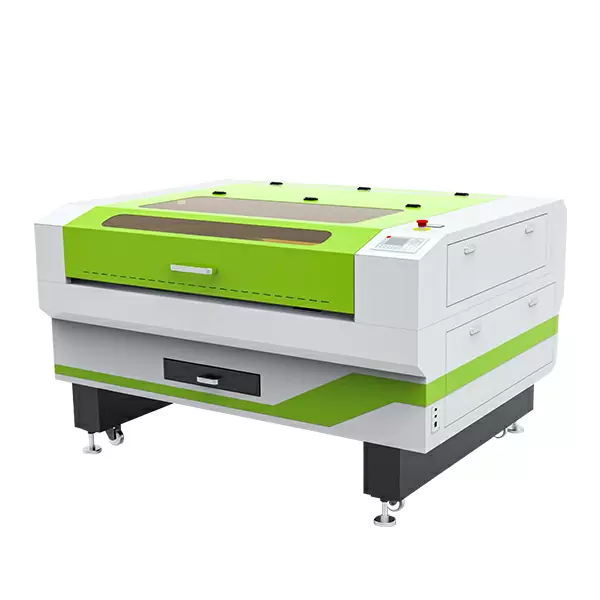Several software options are commonly used to control and operate CO2 laser engraving machines, including 40W models. Some of these software tools include:
- RDWorks: RDWorks is a popular software often bundled with laser machines. It provides design and control capabilities, allowing users to create and edit graphics, set parameters for engraving or cutting, and control the machine.
- LightBurn: LightBurn is known for its user-friendly interface and comprehensive features. It supports various file formats and provides precise control over the laser for both engraving and cutting tasks.
- LaserCut: Another software commonly used to control CO2 laser machines. LaserCut offers design tools, the ability to import various file formats, and control functions for the laser machine.
- CorelDraw and Adobe Illustrator: These graphic design programs are not laser-specific but are commonly used to create designs and graphics that can be imported into laser control software for engraving and cutting.
- Inkscape: An open-source vector graphics editor, Inkscape is used by some for creating designs and converting them into formats compatible with laser engraving cutting software.
The choice of software often depends on personal preference, compatibility with the specific laser machine and its control system, as well as the desired functionalities required for designing and controlling the laser engraving and cutting processes. Some users also integrate multiple software tools for designing and controlling their laser machines to take advantage of various features offered by each software.
How is the focal length of the laser lens adjusted, and what impact does it have on engraving and cutting?
The focal length of a laser lens in a CO2 laser engraving machine is adjusted by physically changing the distance between the lens and the material being processed. This adjustment alters the convergence point of the laser beam, co2 laser engraving machine for sale determining where the beam achieves its smallest spot size, hence affecting engraving and cutting outcomes.
To adjust the focal length:
- Manual Adjustment: Some machines have manual focus mechanisms where users physically turn or adjust the lens housing to achieve the desired focal length. This is common in machines with a fixed focal length lens.
- Motorized or Automated Adjustment: Higher-end machines might have motorized or automated systems that allow users to adjust the focal length via software control, making it easier to fine-tune the focus remotely.
The impact of the focal length adjustment on engraving and cutting:
- Spot Size: Changing the focal length alters the size of the laser beam’s focal point. A shorter focal length creates a smaller spot size, enabling finer details and higher resolution in engraving. Conversely, a longer focal length results in a larger spot size, which might be suitable for certain cutting applications but may sacrifice finer details in engraving.
- Depth of Focus: Focal length affects the depth of focus, which is the range along the Z-axis where the laser remains sufficiently focused. A shorter focal length provides a smaller depth of focus, beneficial for precise engraving on thin materials. A longer focal length offers a larger depth of focus, suitable for cutting thicker materials more consistently.
- Cutting Efficiency: The focal length impacts cutting efficiency by affecting the energy density at the material surface. Shorter focal lengths concentrate more energy into a smaller area, leading to cleaner cuts in thinner materials. Longer focal lengths distribute energy over a larger area, which might be advantageous for cutting thicker materials but may result in less precise cuts.
- Material Compatibility: Different materials and thicknesses may require adjustments in focal length for optimal results. Finding the right focal length for a specific material and application is crucial for achieving desired engraving depth or cutting quality.
The specific impact of focal length adjustments on engraving and cutting depends on the material properties, the desired outcome, and the machine’s capabilities. Fine-tuning the focal length is an essential part of optimizing a CO2 laser engraving machine for different applications and materials.

Comments